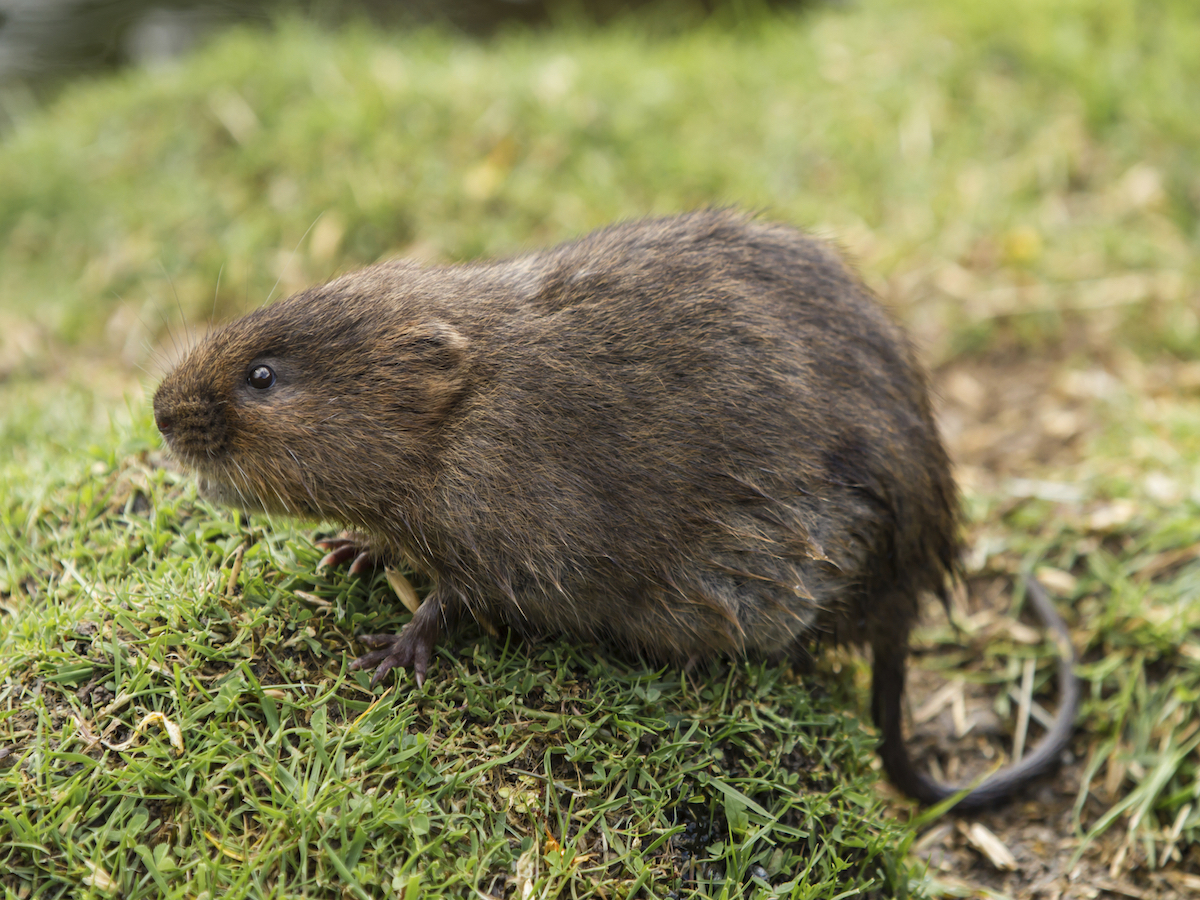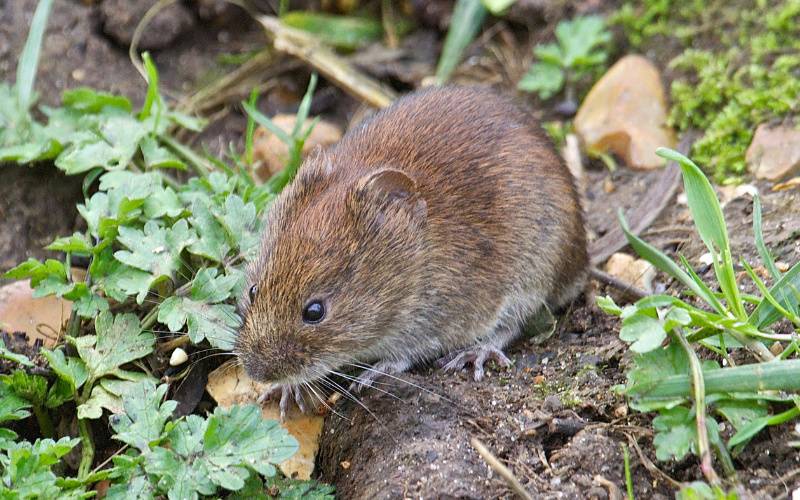Comprehensive Vole Pest Control Services in Utah
Wiki Article
Comprehensive Guide to Effective Vole Bug Control: Problem Identification and Treatment Techniques
In the world of effective parasite control, vole infestations pose an one-of-a-kind obstacle that requires a tactical technique. By discovering the subtleties of vole habits, understanding essential indicators of problem, and reviewing an array of control alternatives, one can establish a detailed method to fight these evasive parasites.Recognizing Vole Behavior
Vole habits is identified by their delving behaviors and rapid recreation prices, making them a challenging bug to regulate effectively. These little rodents typically develop elaborate passage systems underground, utilizing them for sanctuary, food storage, and transportation. Voles are herbivores, eating a variety of plants, bulbs, turfs, and roots, which can trigger considerable damage to gardens, orchards, and yards. Their quick reproductive rate more complicates control efforts, with females capable of generating multiple clutters in a single year, each containing numerous offspring.Recognizing vole behavior is vital for effective bug control strategies. By determining their burrow locations, keeping an eye on feeding locations, and implementing targeted control techniques, such as capturing or environment modification, vole infestations can be handled successfully.
Signs of Vole Infestation

Prevention Approaches
Executing effective prevention techniques is crucial in reducing vole invasions and securing plant life from their devastating feeding routines (vole control). To stop vole problems, it is crucial to begin by eliminating prospective food resources and sanctuary. Maintain grass and greenery trimmed short, eliminate weeds and debris, and maintain a tidy yard or grass to make the location less appealing to voles. Mounting barriers such as equipment towel or underground fencing can likewise assist discourage voles from going into certain areas. In addition, decreasing excess moisture by dealing with dripping pipes and ensuring appropriate drain can make the environment less welcoming for voles.Consistently evaluating the residential or commercial property for signs of vole task, such as paths and delve openings, is vital for early discovery and timely activity. Take into consideration using repellents or traps strategically positioned near their pathways if vole activity is thought. Employing all-natural killers like snakes or owls can additionally help keep vole populations in check. By carrying out a combination of these prevention techniques, house owners and garden enthusiasts can efficiently secure their greenery from vole damages.
Non-Lethal Control Approaches
To effectively manage vole populations while prioritizing gentle approaches, non-lethal control strategies provide functional remedies for decreasing vole damages in yards and landscapes. One effective technique is making use of physical obstacles such as hardware fabric or wire mesh to protect at risk plants. These barriers can be buried at vole control utah the very least 12 inches curved and deep at a 90-degree angle to stop voles from burrowing underneath. Additionally, habitat modification can discourage voles by decreasing their chosen food resources and concealing places. Preserving a well-mowed grass, removing particles, and keeping plants cut can make the atmosphere less attractive to voles.
Lethal Control Options
One efficient technique for attending to vole invasions in yards and landscapes entails the critical usage of deadly control alternatives. When faced with an extreme vole invasion that non-lethal approaches have stopped working to include, executing lethal control actions comes to be vital. Generally, when utilizing dangerous control choices, it is vital to do so responsibly and in conformity with regional policies to properly handle vole infestations.Verdict
In final thought, effective vole bug control requires a thorough understanding of vole habits, recognition of indications of problem, application of avoidance methods, and utilization of both deadly and non-lethal control methods. By integrating these approaches, people can successfully manage vole populaces and protect their property from damages. It is essential to resolve vole infestations immediately to stop additional concerns and minimize the effect on the surrounding setting.Given the elaborate passage systems and rapid reproduction prices characteristic of voles, acknowledging the signs of vole invasion comes to be crucial in efficient pest control. One of the main indicators of vole existence is the visibility of surface paths or routes in turf or snow, commonly about 1-2 inches large, developed as voles take a trip between their burrows and food sources.To properly take care of vole populations while prioritizing humane methods, non-lethal control methods use sensible options for minimizing vole damage in landscapes and yards.One reliable technique for resolving vole invasions in yards and landscapes includes the tactical use of deadly control choices. vole lawn damage.In final thought, efficient vole bug control needs an extensive understanding of vole habits, identification of signs of infestation, execution of avoidance approaches, and use of both non-lethal and dangerous control techniques
Report this wiki page